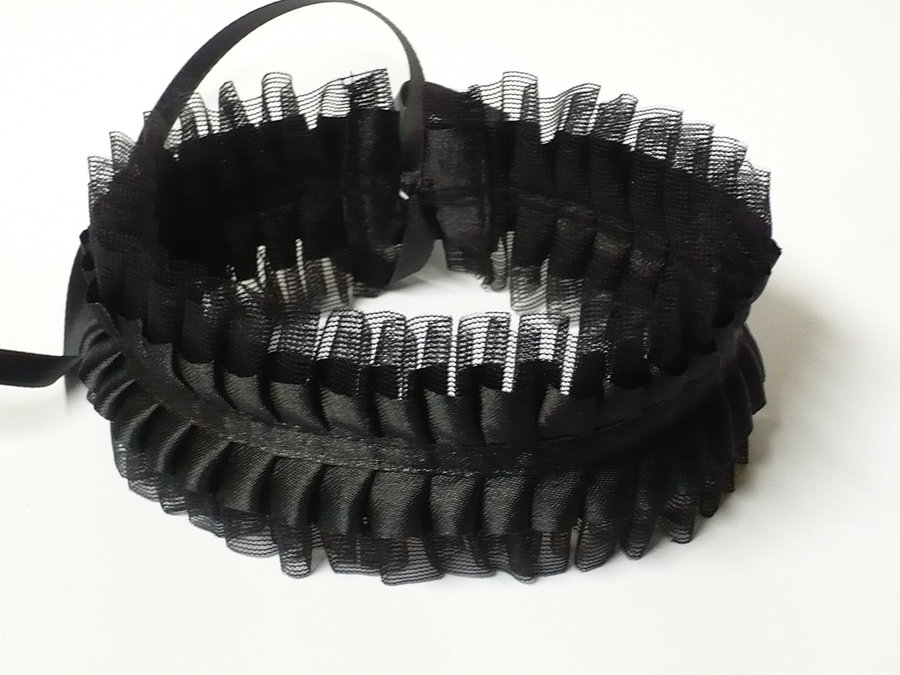
Centrolophus niger
FAMILY
Centrolophidae
TAXONOMY
Perca nigra Gmelin, 1788, eastern Atlantic.
OTHER COMMON NAMES
English: Blackfish; French: Centrolophe noir; German:
Schwarzfisch; Spanish: Romerillo.
PHYSICAL CHARACTERISTICS
Length 43.3 in (110 cm). Elongate, with a rather small head
and large eyes; continuous dorsal fin extends most of the
length of the body (with 4–5 weak spines and 32–38 rays); anal
fin with 3 spines and 20–27 rays; pelvic fins small, under pectorals;
pectorals with 19–23 rays; caudal fin weakly forked;
mouth rather wide, extending posteriorly beneath eyes; coloration
dark bluish gray, but sometimes darker.
DISTRIBUTION
Western (from Nova Scotia to New Jersey) and eastern North
Atlantic, Mediterranean Sea, and also the Pacific Ocean off
Australia, New Zealand, and South America.
HABITAT
Temperate oceanic waters. Young specimens occur near surface;
larger individuals are mesopelagic. Specimens have been
captured as deep as 1,968 ft (600 m) off Australia and New
Zealand.
BEHAVIOR
Little is known concerning its
BEHAVIOR
. Small specimens have
been found in association with jellyfishes, but adults may form
schools.
FEEDING ECOLOGY AND DIET
Feeds on jellyfishes, squids, and different kinds of crustaceans.
Preyed on by hake and possibly other larger fishes.
REPRODUCTIVE BIOLOGY
Eggs and larvae are pelagic; eggs are spherical, small (0.05
in/0.12 cm in diameter) and contain a single oil globule.
Hatching occurs at about 0.16 in (0.4 cm) standard length,
flexion at 0.2 in (0.6 cm), adult body form attained at 0.7 in
(1.7 cm). Growth reported to be relatively fast. Probably a
broadcast spawner.
CONSERVATION STATUS
Not threatened.
SIGNIFICANCE TO HUMANS
Not significantly consumed and therefore of minor importance.
Photo Gallery of - Black ruff



 Animalia Life
Animalia Life